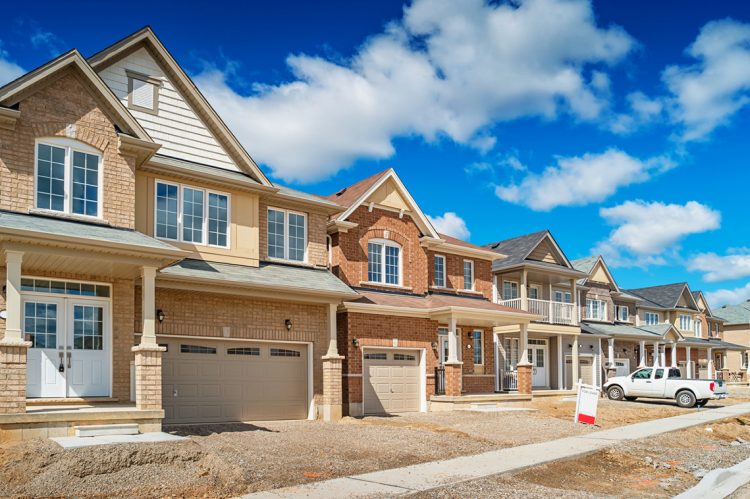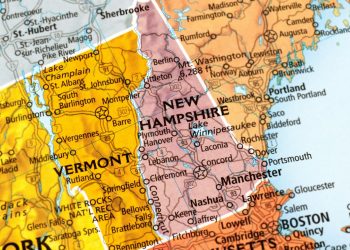New home sales continued to increase in February, but significantly less than January’s rate due to higher mortgage rates, home prices and construction costs.
The National Association of Home Builders (NAHB) reported that newly released data from the U.S. Department of Housing and Urban Development and the U.S. Census Bureau demonstrated that sales of newly built, single-family homes in February increased 1.1% to a rate of 640,000, the fifth consecutive monthly increase.
New home sales have been continuously rising since October, and the current February rate, while still an increase, is well below the spikes of the past few months. Since October, new home sales have increased by 7.5% from September to October, 5.8% from October to November, 2.3% from November to December and 7.2% from December to January. The February rate is also down 19% compared to one year ago.
“The February new home sales data points to an increase for the monthly pace of single-family construction starts later in 2023 given a rise in builder sentiment and an increase for sales of homes not yet started construction,” said NAHB Chief Economist Robert Dietz. “However, concerns remain about the tightening of credit conditions for acquisition, development and construction loans for smaller builders due to recent stress for the banking system.”
Regionally, new home sales fell across the board, down 29.2% in the Northeast, 21.3% in the Midwest, 7.3% in the South and 40.6% in the West.
The amount of new houses for sale estimated at the end of February (640,000) represents a supply of 8.2 months at the current sales rate (a measure near six months is considered balanced). However, single-family resale home inventory stands at a reduced level of 2.5 months.
The median new home sales price rose to $438,200, up 2.5% compared to last year. Elevated costs of construction have contributed to a rise in home prices. A year ago, roughly 15% of new home sales were priced below $300,000, while that share is now just 10% of homes sold.
“Builders continue to face challenges in terms of higher interest rates, elevated construction costs and access to critical materials like electrical transformers,” added NAHB Chairman Alicia Huey. “Nonetheless, the lack of existing home inventory means demand for new homes will rise as interest rates decline over the coming quarters.”
Bright MLS Chief Economist Dr. Lisa Sturtevant commented that “Rising mortgage rates had an impact on new sales contracts and deposits on new homes, as the January-to-February bump in new home sales activity was lower than it would be during a typical year. However, homebuilders are still feeling cautiously optimistic about a strong spring home-buying season, despite mortgage rate volatility and economic uncertainty.
“A key reason for builder optimism is the very low inventory in the existing home market, which will force more buyers into the new home market. The number of existing homes for sale is still less than half of what it was prior to the pandemic. In many markets, buyers are still facing stiff competition, often making offers on multiple homes before successfully purchasing,” continued Sturtevant. “Builders had been reluctant to drop prices, but the economic reality made downward pressure on price growth inevitable. Prices nationally are still more than 30% higher than they were three years ago.”












